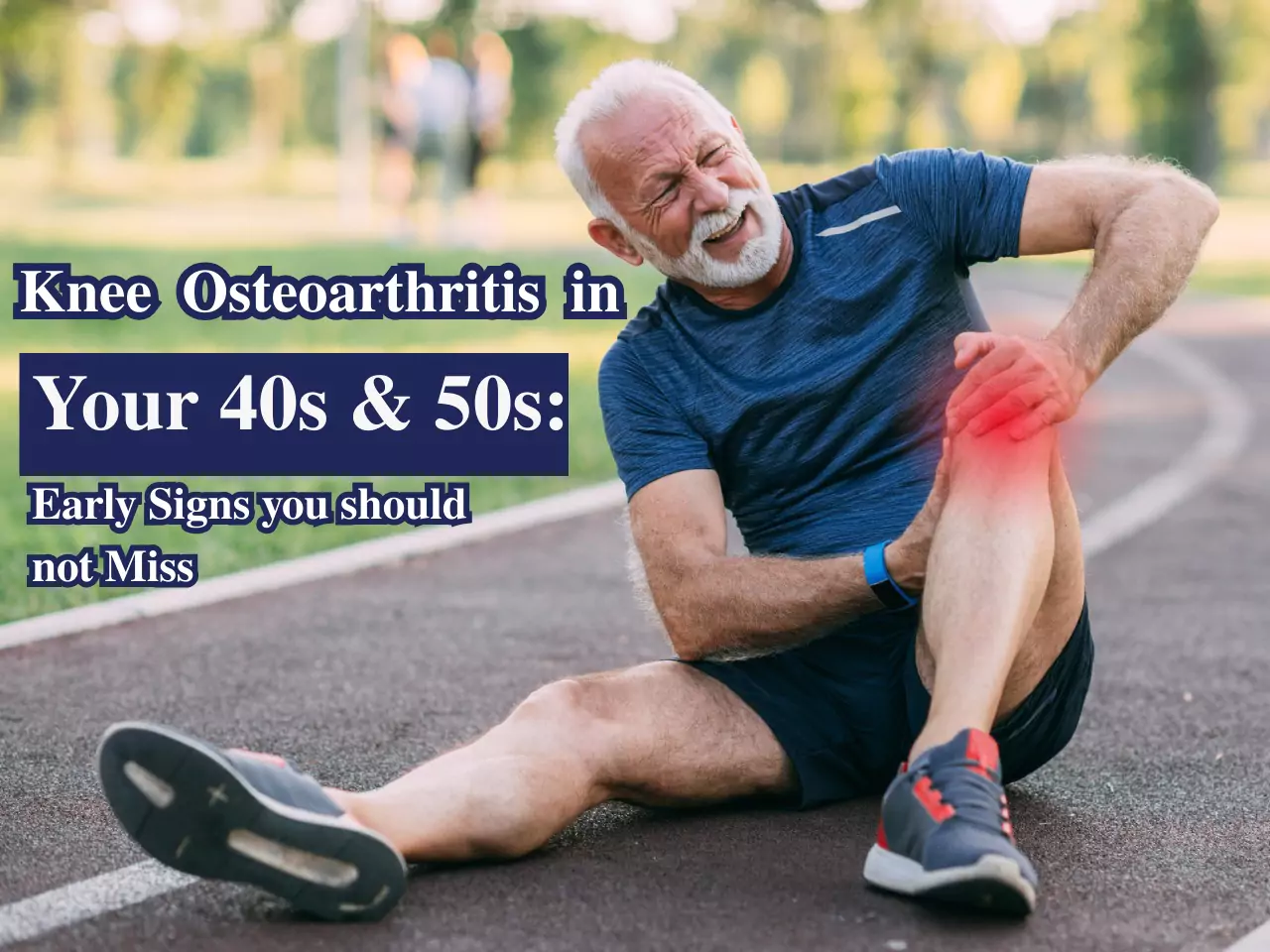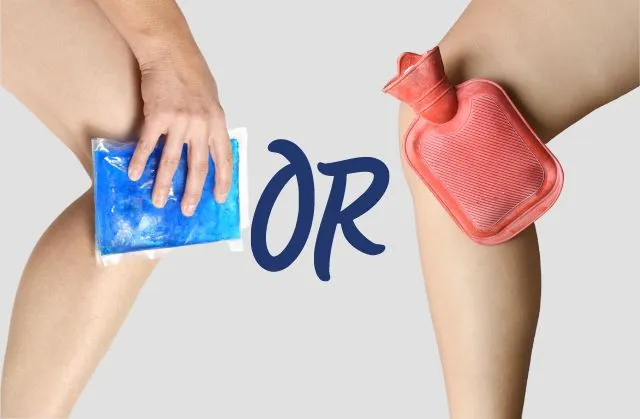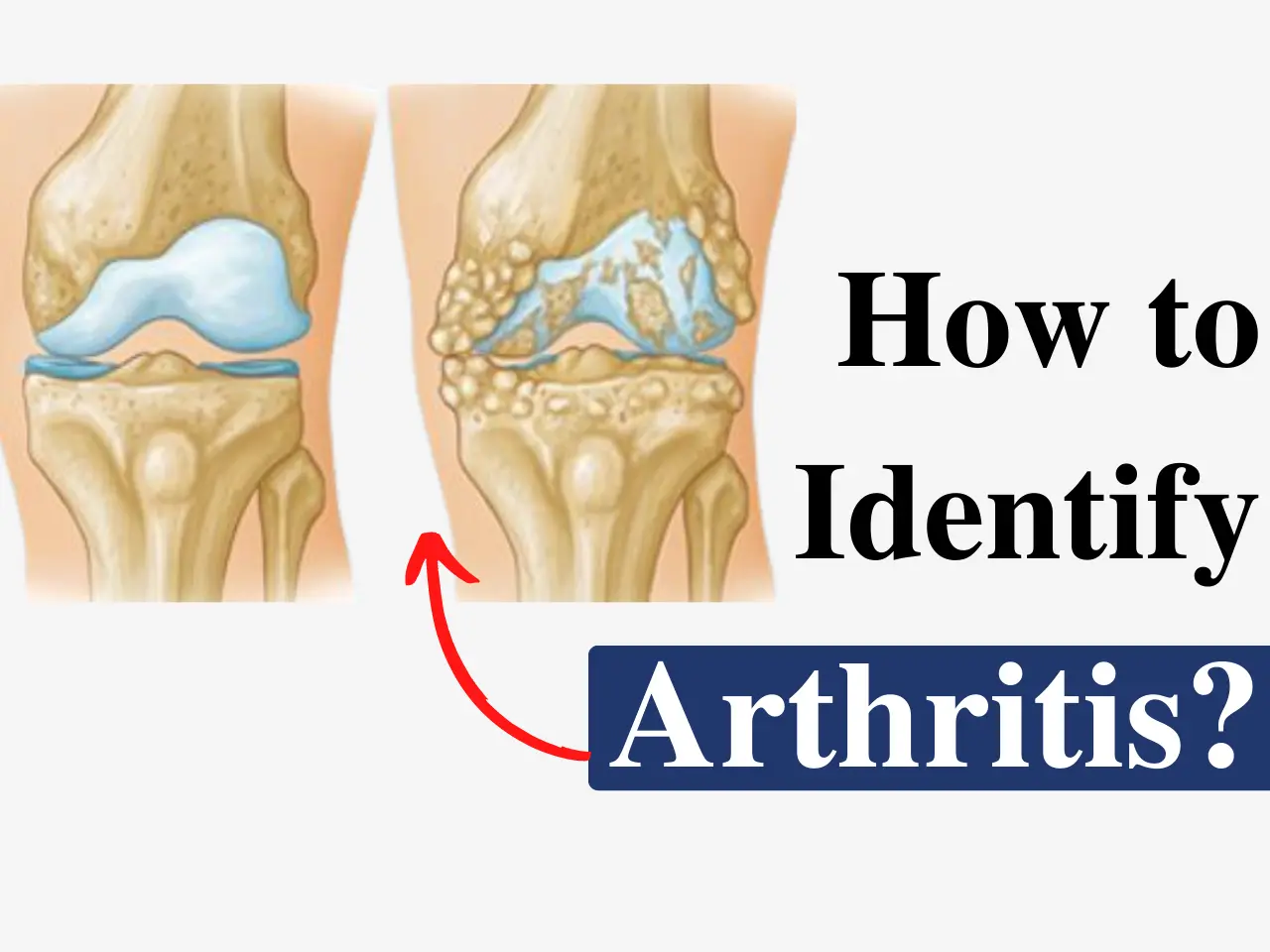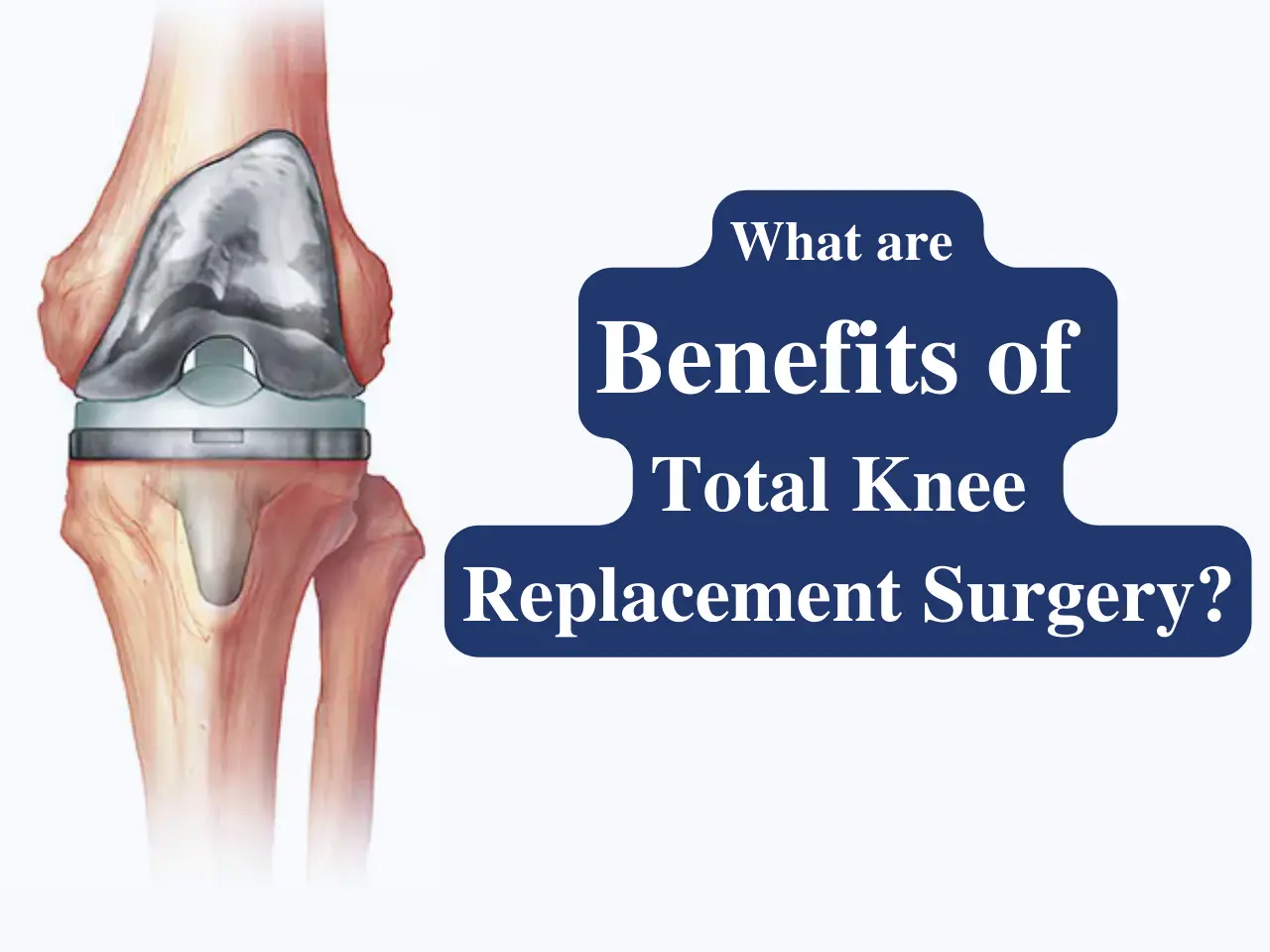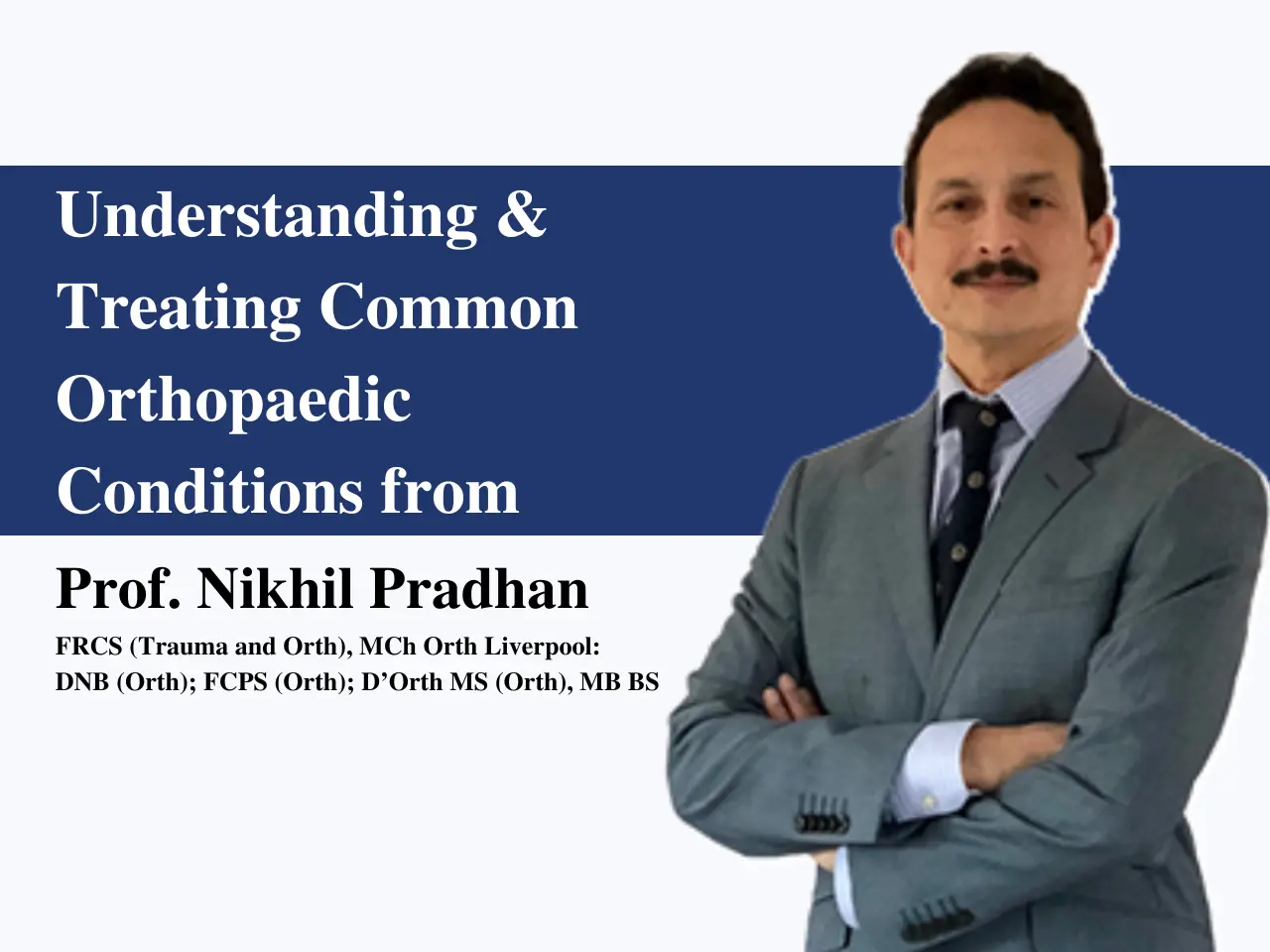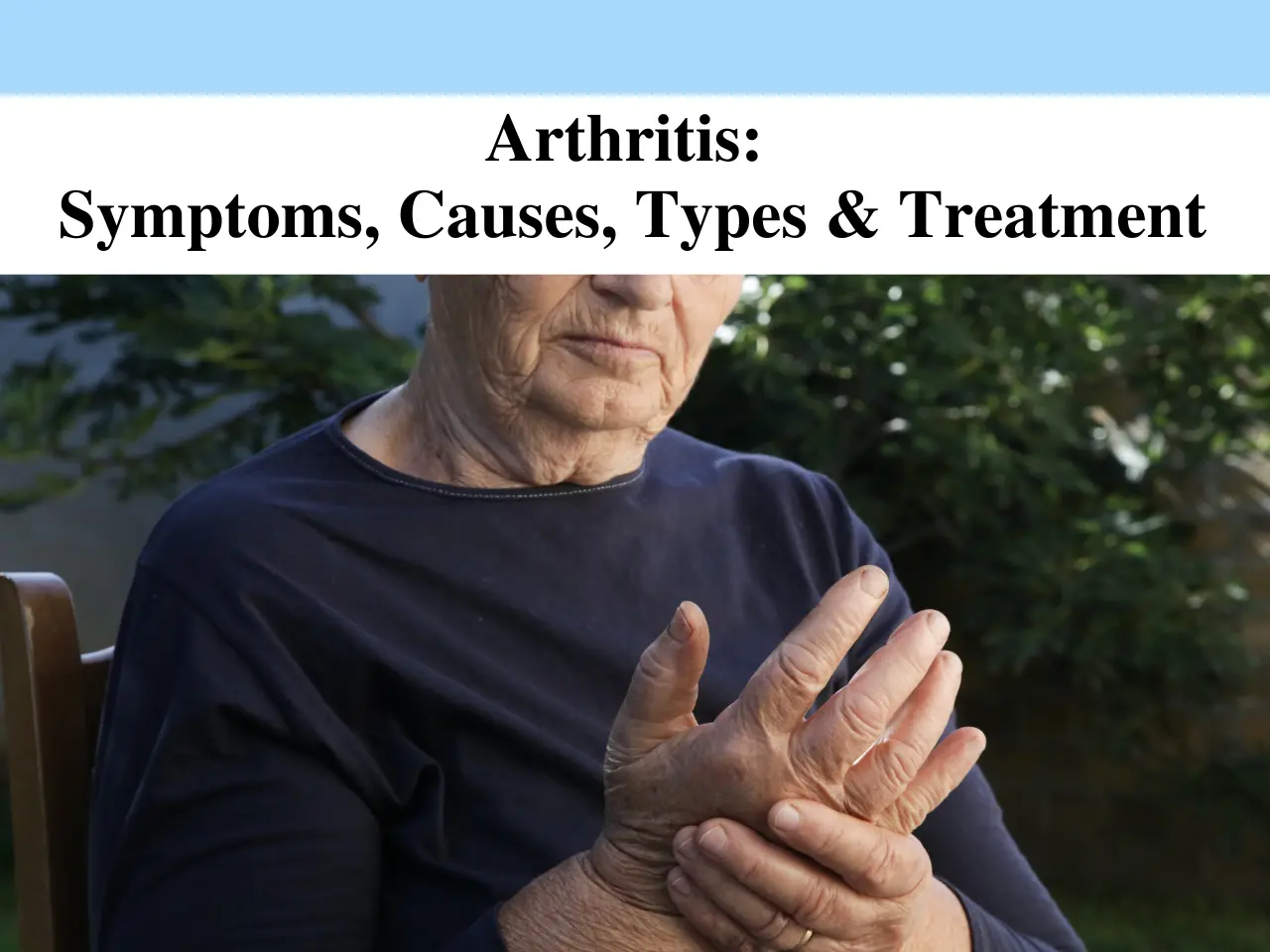Knee osteoarthritis in your 40s and 50s is more common than many people realise. Traditionally seen as a condition that affects older adults, knee OA is increasingly diagnosed in people in midlife — including active professionals, parents, and even former athletes.
As a leading total knee replacement surgeon in Cheshire, Mr. Nikhil Pradhan has treated a wide range of patients — from young adults to the elderly and professional sportspersons.
He is also a recognised expert in managing early arthritis in young patients, helping them preserve joint health and avoid or delay surgery.
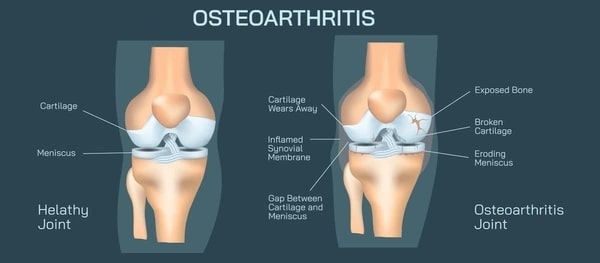
Understanding Knee Osteoarthritis in Your 40s and 50s
What is Knee Osteoarthritis?
Knee osteoarthritis (OA) is a degenerative joint disease where the protective cartilage covering the ends of your bones gradually wears down.
Over time, this can lead to pain, stiffness, swelling, and reduced movement.
While advanced knee OA is more common in people over 65, many UK patients in their 40s are now experiencing early symptoms — often without realising it.
Why 40s & 50s are a Key Age Group?
- Activity history – Sports and exercise in your younger years, while beneficial, can sometimes cause old injuries that predispose you to OA.
- Hormonal changes – In women, menopause-related changes can accelerate joint wear (knee pain women in 50s).
- Work demands – Repetitive movements or prolonged standing in certain jobs put extra strain on the knees.
Early Signs of Knee Osteoarthritis UK Patients Often Miss
The earlier you recognise the signs, the better your chances of slowing progression. Unfortunately, many dismiss these as “just getting older.”
Subtle Symptoms in the Early Stages
- Occasional stiffness after sitting for long periods.
- Mild swelling after a workout or long walk.
- Discomfort when climbing stairs or walking downhill.
Symptoms Often Mistaken for Temporary Strain
- Dull, persistent ache rather than sharp pain.
- Clicking, grinding, or popping noises (crepitus).
- Feeling that your knee is “giving way” occasionally.
Red Flags to Watch For
- Pain that lasts for weeks or keeps coming back.
- Reduced flexibility and movement range.
- Increasing reliance on over-the-counter painkillers.
Risk Factors for Knee Osteoarthritis in Midlife
- Previous knee injuries – Torn ligaments or cartilage damage.
- Excess body weight – Extra load accelerates wear (Does weight loss help knee arthritis? Absolutely – even a 5-10% reduction can help).
- Genetics – Family history of arthritis.
Occupational stress – Jobs involving heavy lifting, kneeling, or squatting
Diagnosis and Assessment in the UK
How a Knee Osteoarthritis Surgeon in UK Evaluates Patients?
A specialist like Mr. Nikhil Pradhan will:
- Review your symptoms and medical history.
- Examine your knee for swelling, tenderness, and movement limitations.
- Recommend imaging such as X-rays or MRI to confirm cartilage damage.
- Assess your walking pattern (gait) and functional strength.
Treatment Options for Knee Osteoarthritis at 40-50 Years
Conservative Management First
- Physical therapy for knee OA 40-50 years – Tailored exercises to strengthen thigh muscles and improve joint stability.
- Exercise for knee osteoarthritis in 50s – Cycling, swimming, gentle Pilates, and walking on flat surfaces.
- Lifestyle adjustments – Reducing high-impact activities, using supportive footwear, and pacing activities.
Medical Interventions
- Anti-inflammatory medications (NSAIDs) and topical gels.
- Corticosteroid injections for temporary relief.
- Hyaluronic acid or PRP injections for joint lubrication and repair.
- Use of braces or orthotics to reduce strain.
Surgical Options if Needed
For persistent pain or advanced damage:
- Arthroscopy to clean up damaged cartilage.
- Partial knee replacement (if only one compartment is affected).
- Total knee replacement – When all conservative options fail, Mr. Nikhil Pradhan offers advanced knee osteoarthritis treatment in Cheshire with minimally invasive techniques.
Prevention Strategies for Midlife Knee Health
How to Prevent Knee Osteoarthritis?
- Maintain a healthy weight to reduce joint stress.
- Strengthen surrounding muscles (quads, glutes, hamstrings).
- Avoid repetitive high-impact exercises.
- Treat knee injuries promptly.
- Use proper form and support during workouts.
Can Knee Osteoarthritis be Reversed?
Unfortunately, cartilage loss cannot fully regenerate naturally, but early diagnosis and a comprehensive treatment plan can slow its progression significantly and reduce symptoms.
FAQs on Knee Osteoarthritis in 40s & 50s
Q1: What are the first signs of knee osteoarthritis in 40s?
A: Mild stiffness, swelling after activity, and knee clicking are common early signs.
Q2: Why do women in their 50s experience more knee pain?
A: Hormonal changes during menopause can weaken joint support and affect cartilage health.
Q3: Does weight loss help knee arthritis?
A: Yes, losing even a small amount of weight can ease pain and slow OA progression.
Q4: What is the best exercise for knee osteoarthritis in 50s?
A: Low-impact exercises such as swimming, cycling, and yoga are excellent options.
Q5: How soon should I see a knee osteoarthritis surgeon in UK?
A: As soon as you notice persistent pain or stiffness — early intervention gives the best long-term results.
Final Thoughts
Knee osteoarthritis in your 40s and 50s is no longer rare, and ignoring the early signs can lead to faster deterioration.
Whether you’re experiencing mild discomfort or more persistent symptoms, seeking timely advice from an experienced specialist like Mr. Nikhil Pradhan — a trusted name for knee osteoarthritis treatment in Cheshire — can help you stay active, pain-free, and avoid more invasive procedures for as long as possible.

